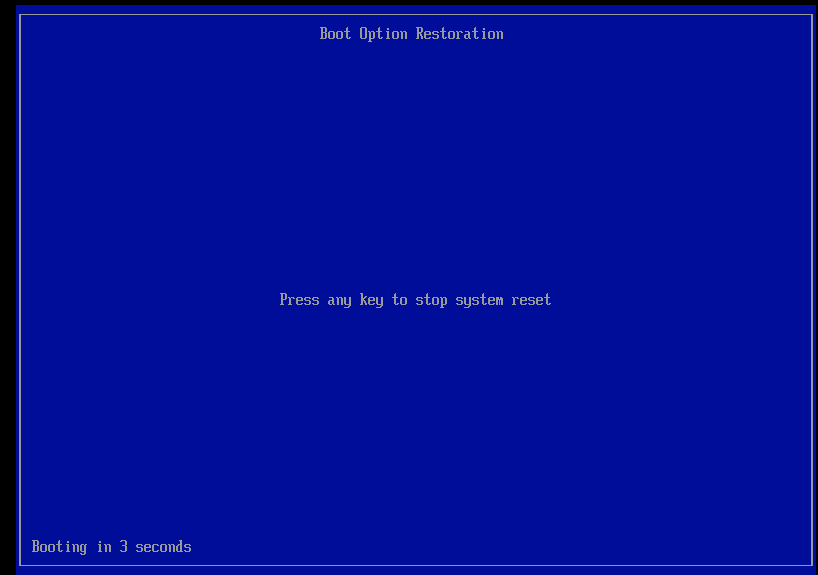this post was submitted on 29 Jul 2024
43 points (90.6% liked)
Linux
48338 readers
403 users here now
From Wikipedia, the free encyclopedia
Linux is a family of open source Unix-like operating systems based on the Linux kernel, an operating system kernel first released on September 17, 1991 by Linus Torvalds. Linux is typically packaged in a Linux distribution (or distro for short).
Distributions include the Linux kernel and supporting system software and libraries, many of which are provided by the GNU Project. Many Linux distributions use the word "Linux" in their name, but the Free Software Foundation uses the name GNU/Linux to emphasize the importance of GNU software, causing some controversy.
Rules
- Posts must be relevant to operating systems running the Linux kernel. GNU/Linux or otherwise.
- No misinformation
- No NSFW content
- No hate speech, bigotry, etc
Related Communities
Community icon by Alpár-Etele Méder, licensed under CC BY 3.0
founded 5 years ago
MODERATORS
you are viewing a single comment's thread
view the rest of the comments
view the rest of the comments

Are you only using QEMU, or are you using some sort of wrapper around it? QEMU is quite advanced, if you aren't already, I'd recommend you use some sort of GUI like virt-manager or something.
Can you share your config?
Does it BSOD or just reboot after the Windows logo?
You might have to pass the drives through as IDE, Windows might not have the proper drivers for anything else. Once you can get it booting you can mount a blank drive as virtio, install the virtio drivers, and then change the OS drive to virtio.
Ngl I managed to solve But thank you for the tips below